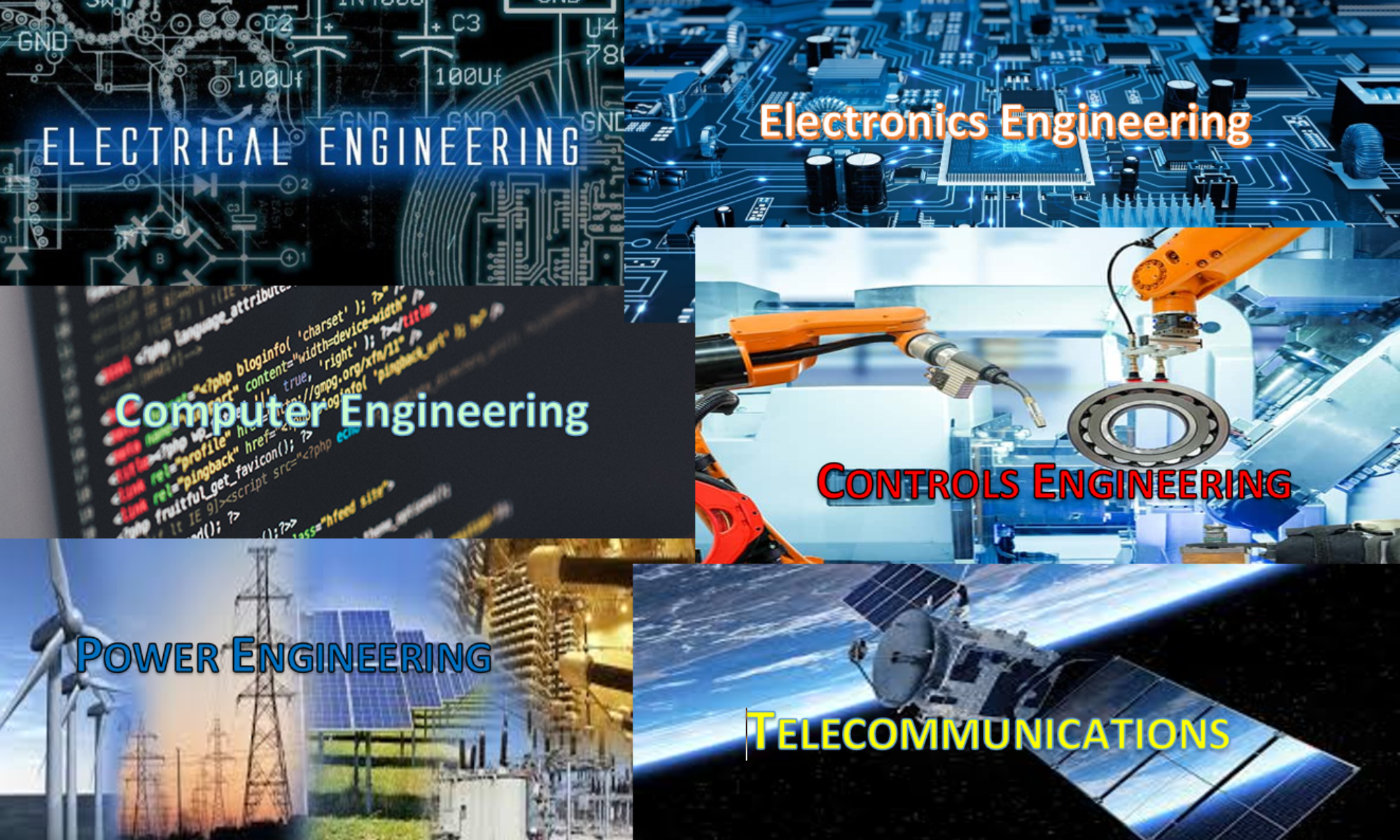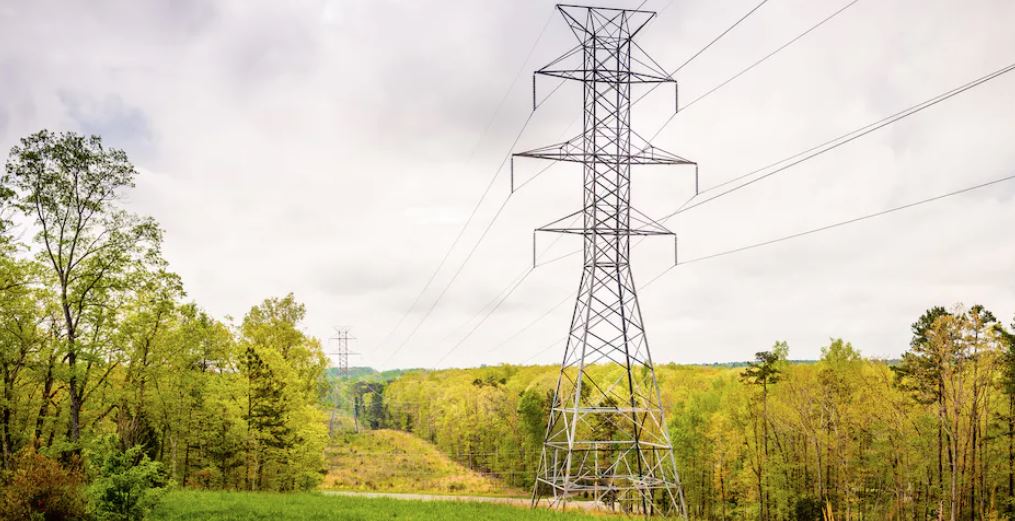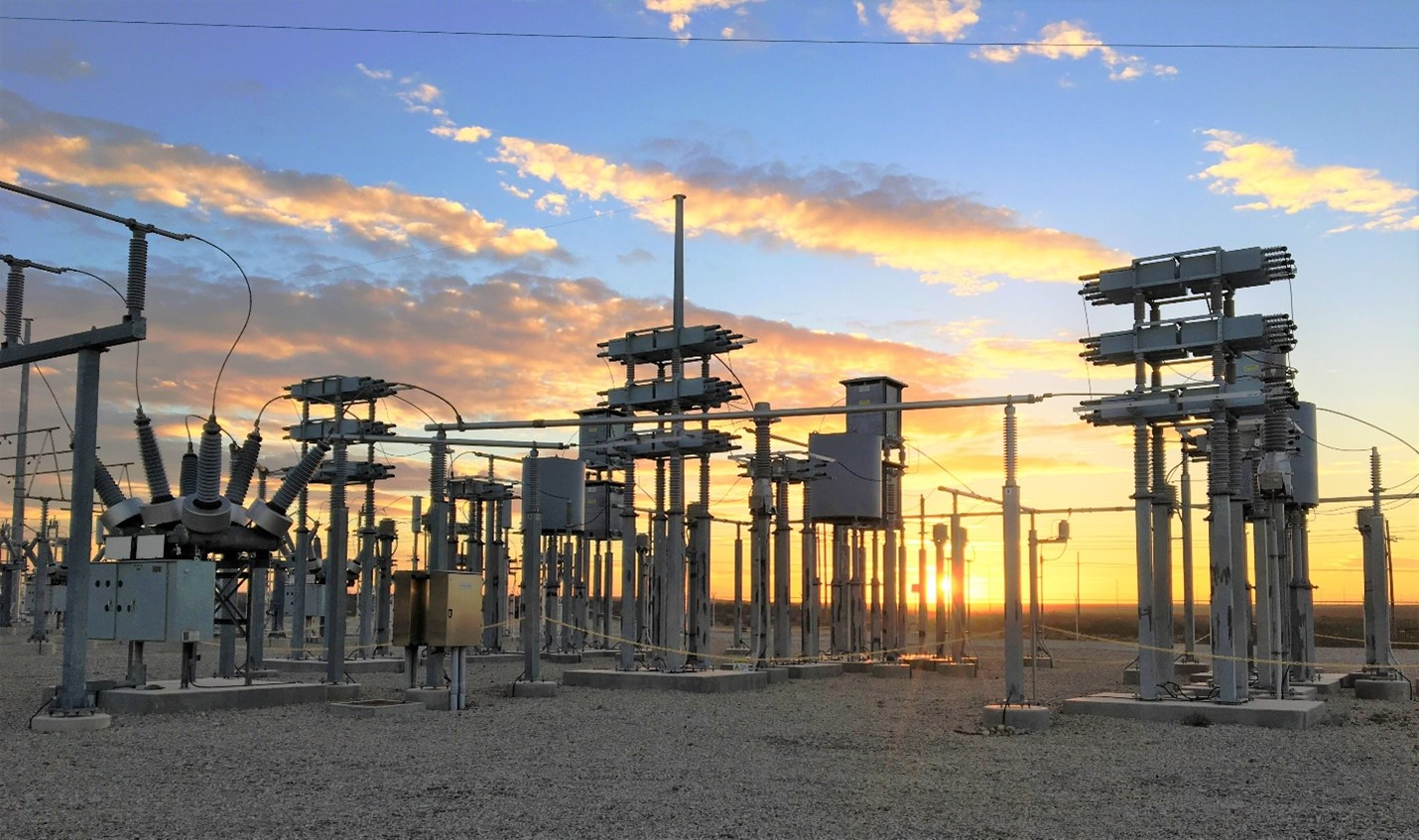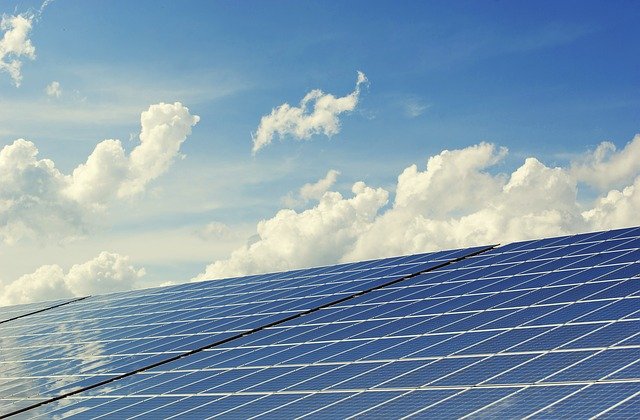From T&D World: “Eighty-five percent of the planned investment will fund the company’s generation fleet transition and grid modernization.”
Duke is planning the critical energy infrastructure upgrades to in order to meet customer demands on affordable, reliable, and green energy. Over the next ten years in energy upgrades, Duke plans to move towards its goal of achieving zero carbon emissions by 2050.
“Our customers’ expectations are clear – they want affordability and reliability to remain a central focus as we work to achieve net-zero carbon emissions by 2050,” said Lynn Good, Duke Energy chair, president and CEO. “We look forward to continuing our collaboration with customers, regulators, community leaders and other stakeholders to meet these expectations. These critical energy infrastructure investments will also provide substantial economic benefits, including job creation and tax revenue for essential governmental services in our regions.”






